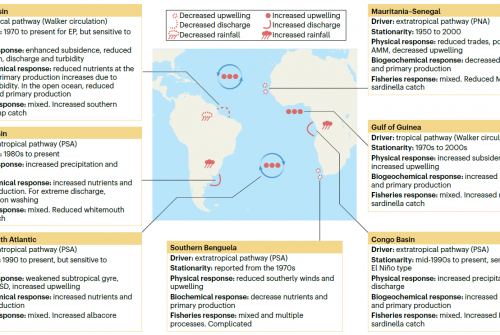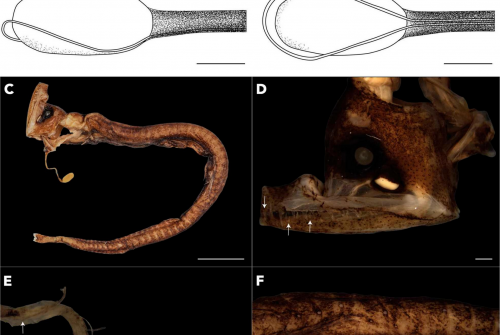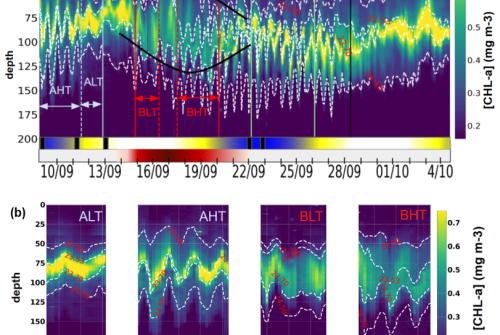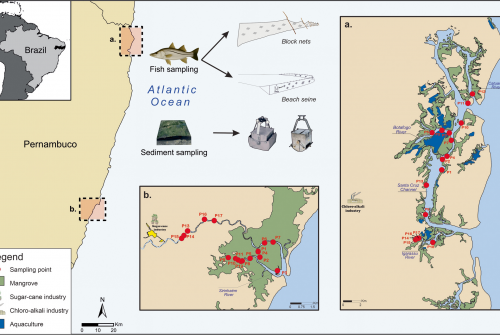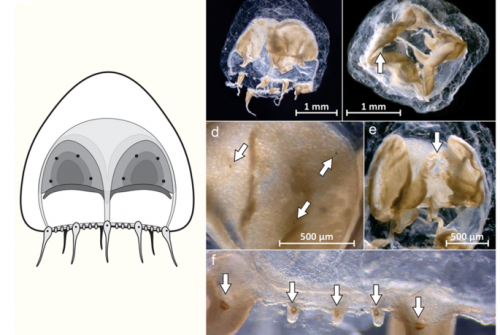
Deep-pelagic fishes are among the most abundant vertebrates on Earth. They play a critical role in sequestering carbon, providing prey for harvestable fishing stocks and linking oceanic layers and trophic levels. However, knowledge of these fishes is scarce and fragmented, hampering the ability of both the scientific community and stakeholders to address them effectively. While modelling approaches incorporating these organisms have advanced, they often oversimplify their functional and ecological diversity, potentially leading to misconceptions. To address these gaps, this synthesis examines the biodiversity and ecology of global deep-pelagic fishes. We review pelagic ecosystem classifications and propose a new semantic framework for deep-pelagic fishes. We evaluate different sampling methods, detailing their strengths, limitations and complementarities. We provide an assessment of the world’s deep-pelagic fishes comprising 1554 species, highlighting major groups and discussing regional variability. By describing their morphological, behavioural and ecological diversity, we show that these organisms are far from homogeneous. Building on this, we call for a more realistic approach to the ecology of deep-pelagic fishes transitioning between very different ecological niches during diel vertical migrations. To facilitate this, we introduce the concept of ‘diel-modulated realised niche’ and propose a conceptual model synthesising the multiple drivers responsible for such transitions.
DOI: doi.org/10.1111/ele.14510
REFERENCE
Eduardo L., Mincarone M., Sutton T., Bertrand A. 2024. Deep-pelagic fishes are anything but similar: a global synthesis. Ecology Letters, 27: e14510.



